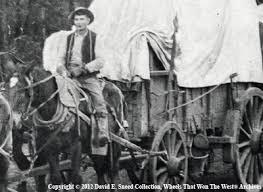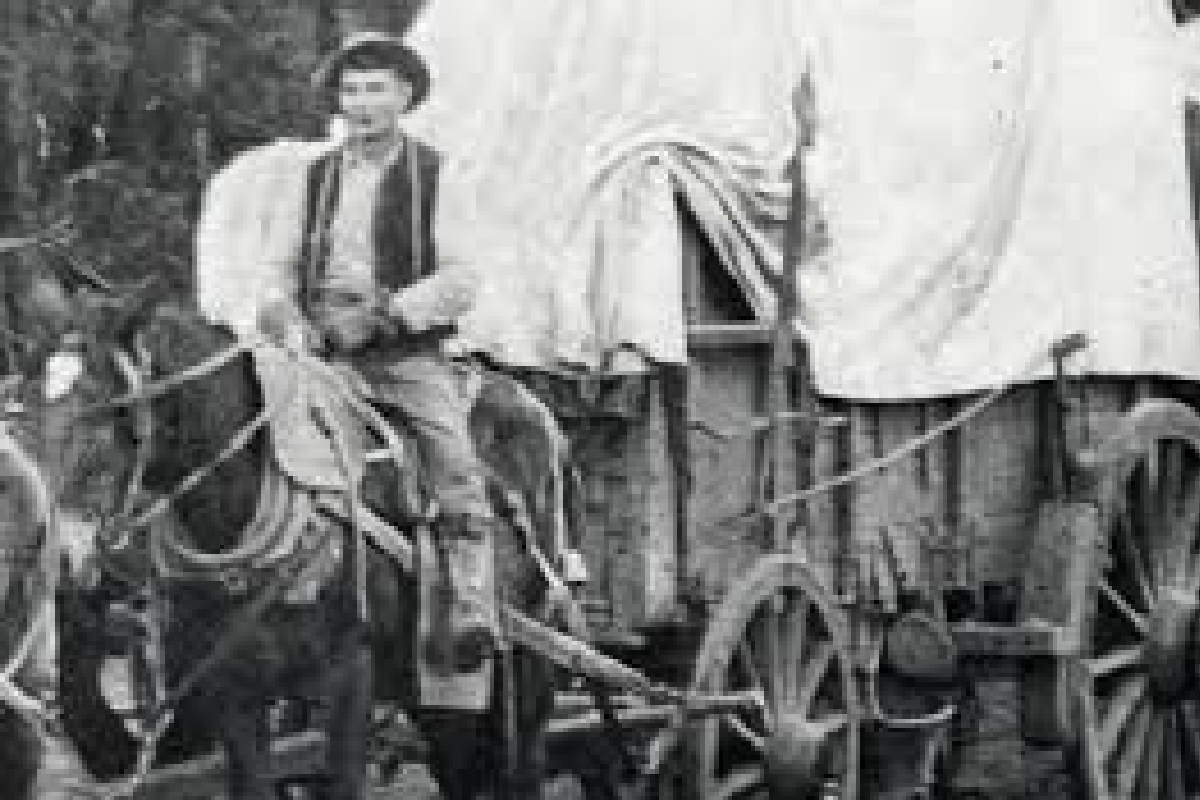
The wagon trains first began heading west in the early 1820s with the opening of the Santa Fe Trail from St. Louis. However, the emigrant trains to Oregon and California had their origins in the mid-1840s. It hit its peak during the 1850s following the California Gold Rush. The Civil War came along and soon after it ended the transcontinental railroad was completed. There were still some wagon train emigrants, other transcontinental lines were completed over the next several years but most of the newcomers came by rail.
This all coincided with the passing of the Homestead Act in 1862. It was to encourage westward migration. There was a strong desire by folks working in the mills in crowded eastern cities and new immigrants to own their own land and the Homestead Act allowed them to file on and settle on 160 acres of land. If they live on it for five years, pay a small fee and they would receive title to it. You either had to be a citizen or working on becoming one.
The Union Pacific and Burlington Northern owned some 16% of Nebraska. The companies had been awarded large land grant’s so they recruited large numbers of people from the U.S. and Europe to head west by rail and purchase land from them. A settler could purchase land for a $15. filing fee but settlers buying from the railroads might pay $800 for 160 acres. The railroads had more to gain so they advertised. They supported agricultural improvement programs that would help make farmers more successful. This would create more need for their transportation services. The more the farmers succeeded, the more the rails succeeded. In 1876 there were eleven railroads in Nebraska. Some emigrants prospered while others found themselves on land useless for farming.
That’s an interesting and relatively unknown part of western history.






